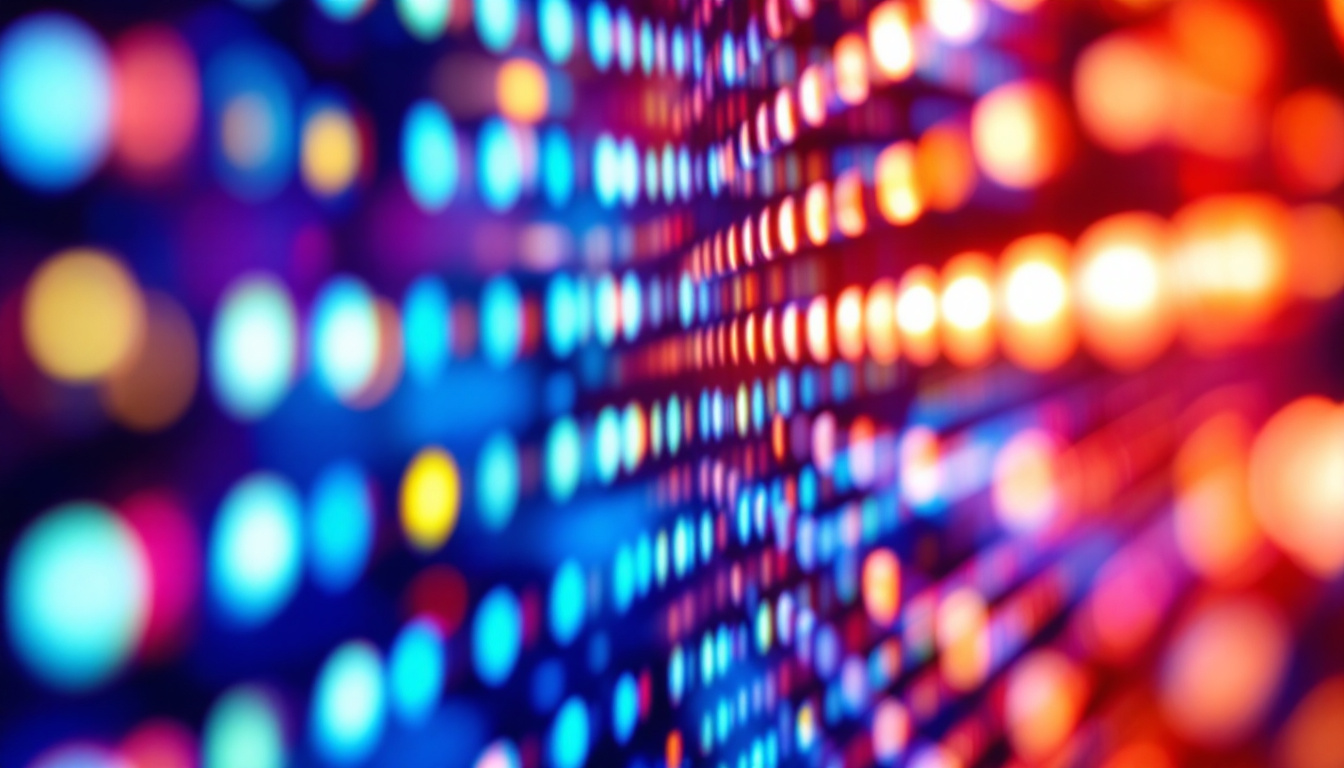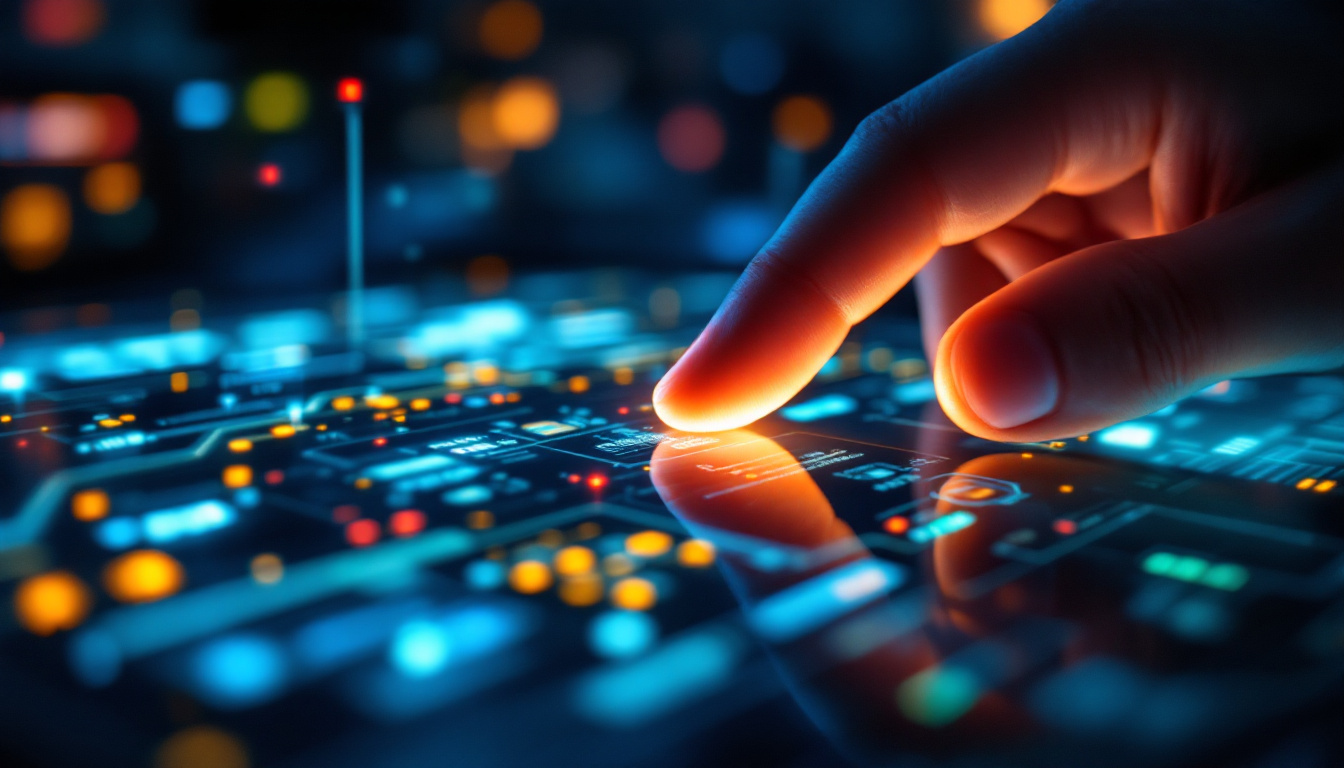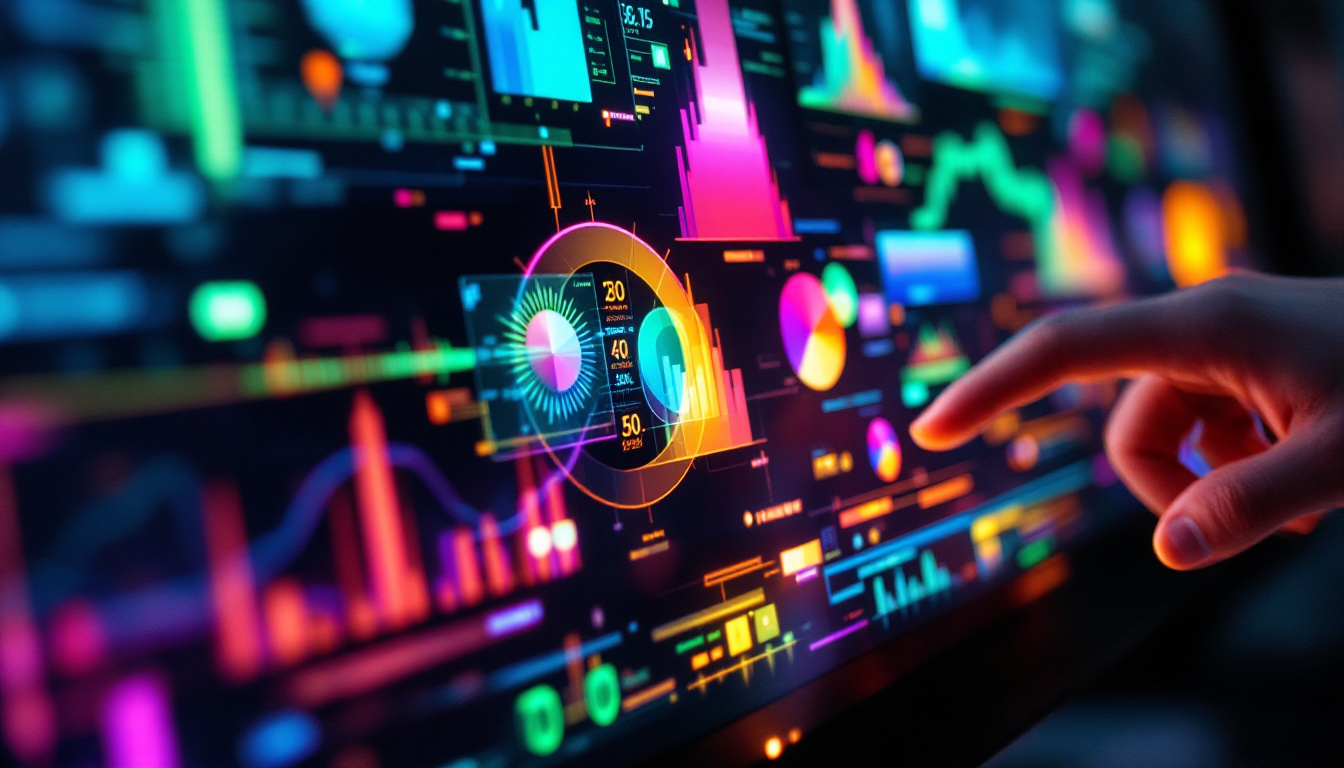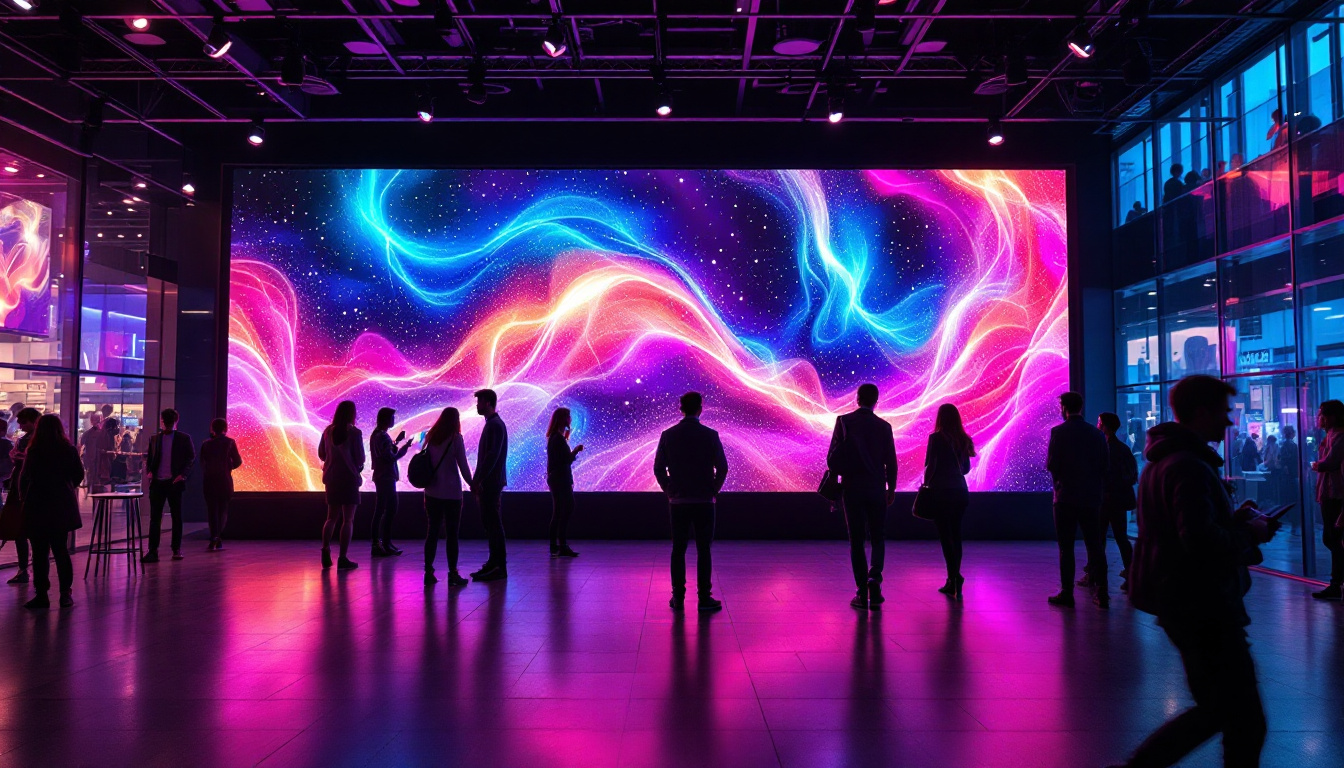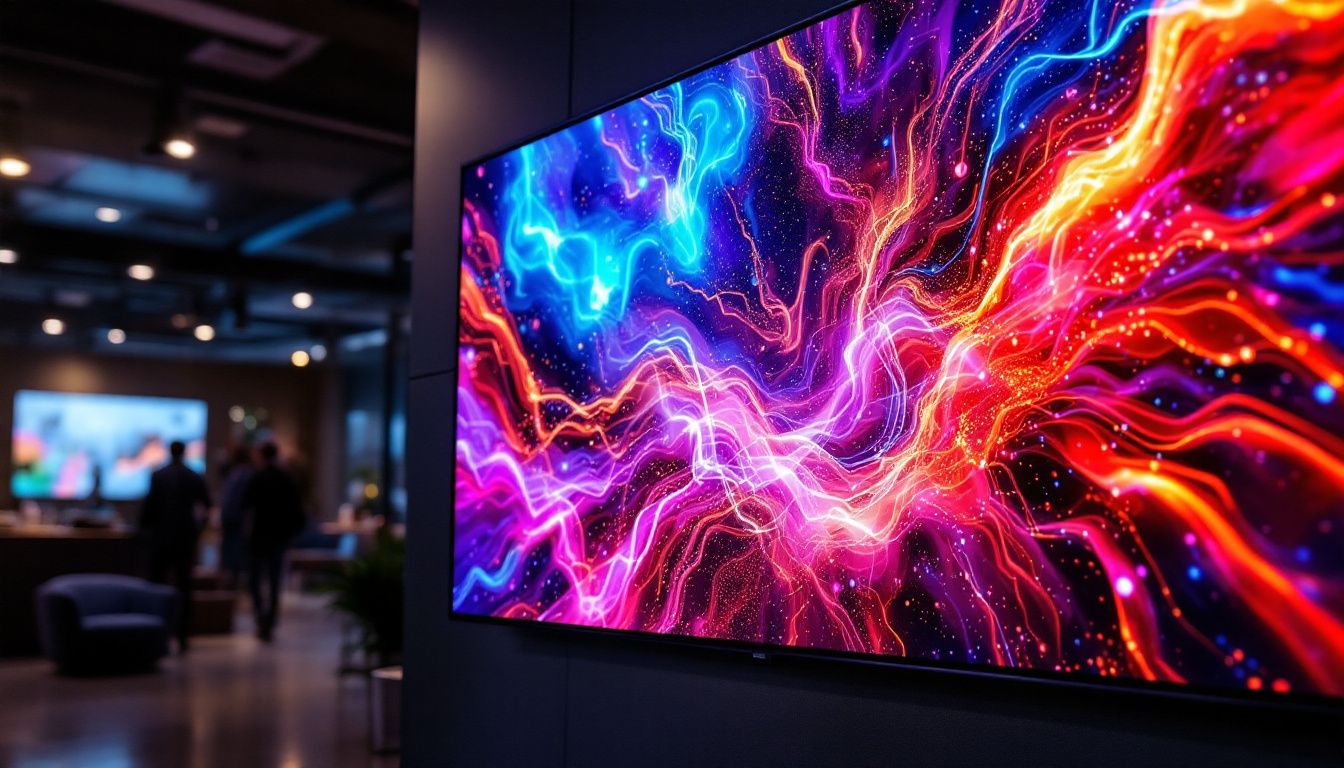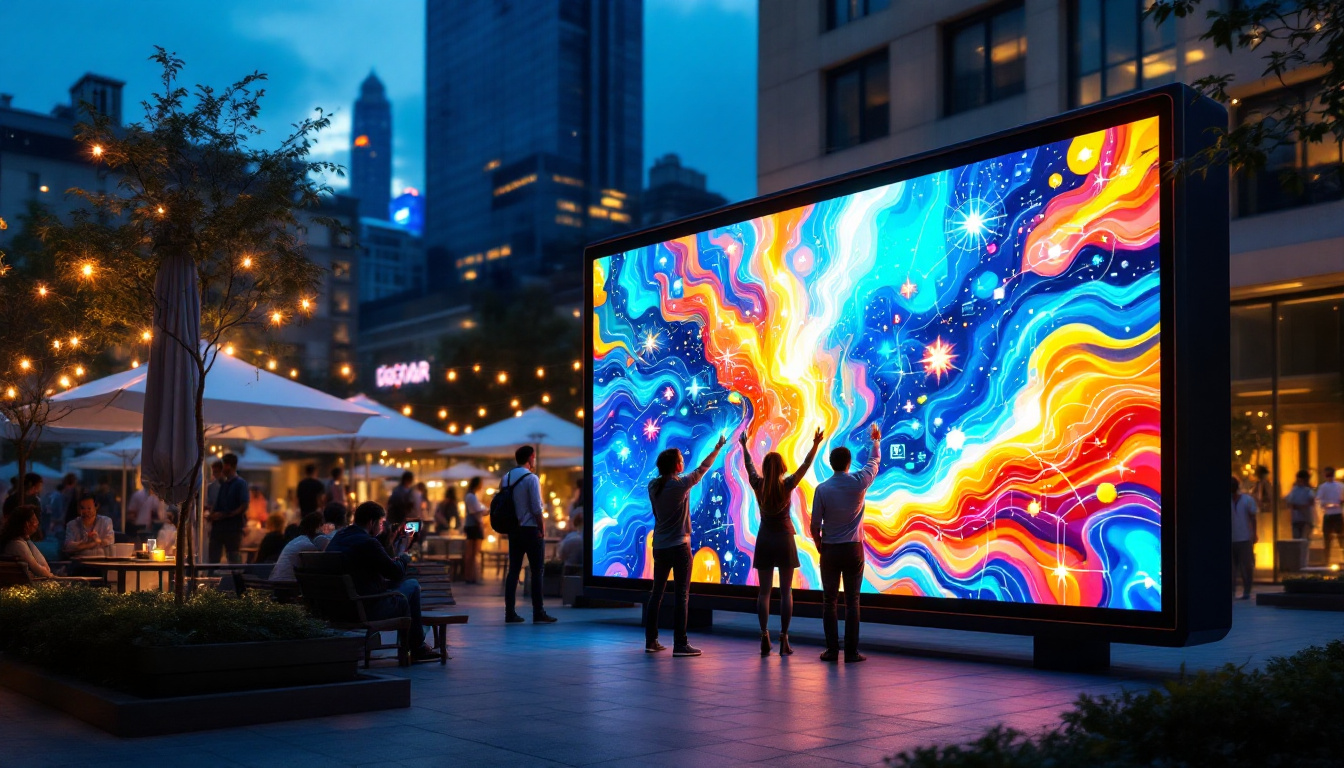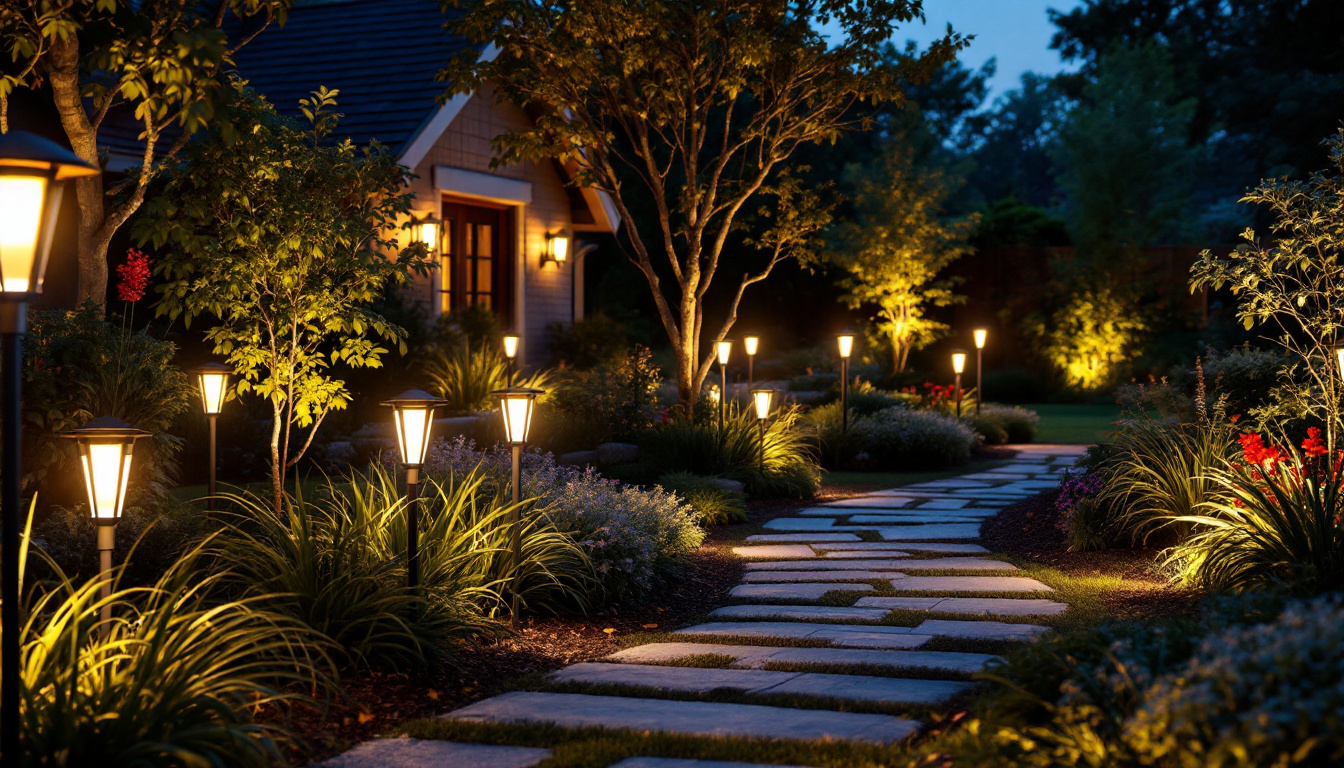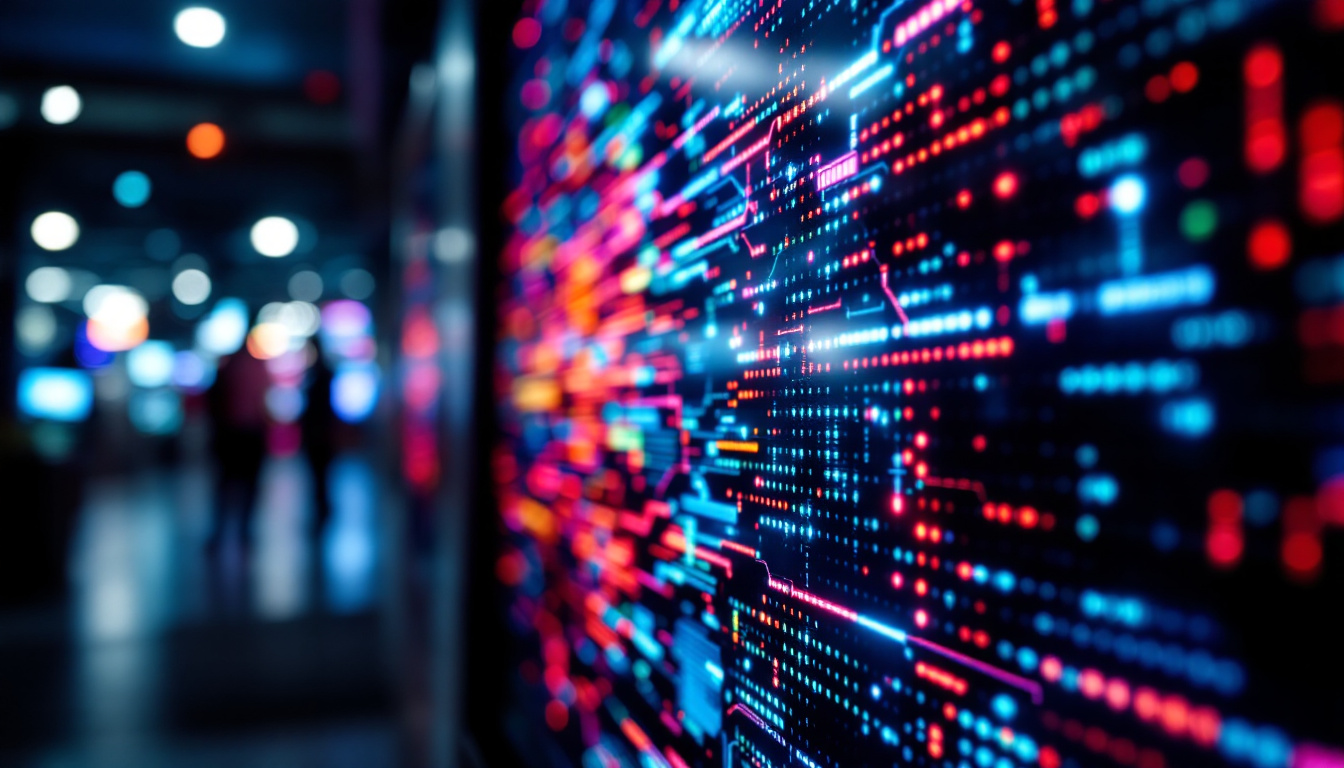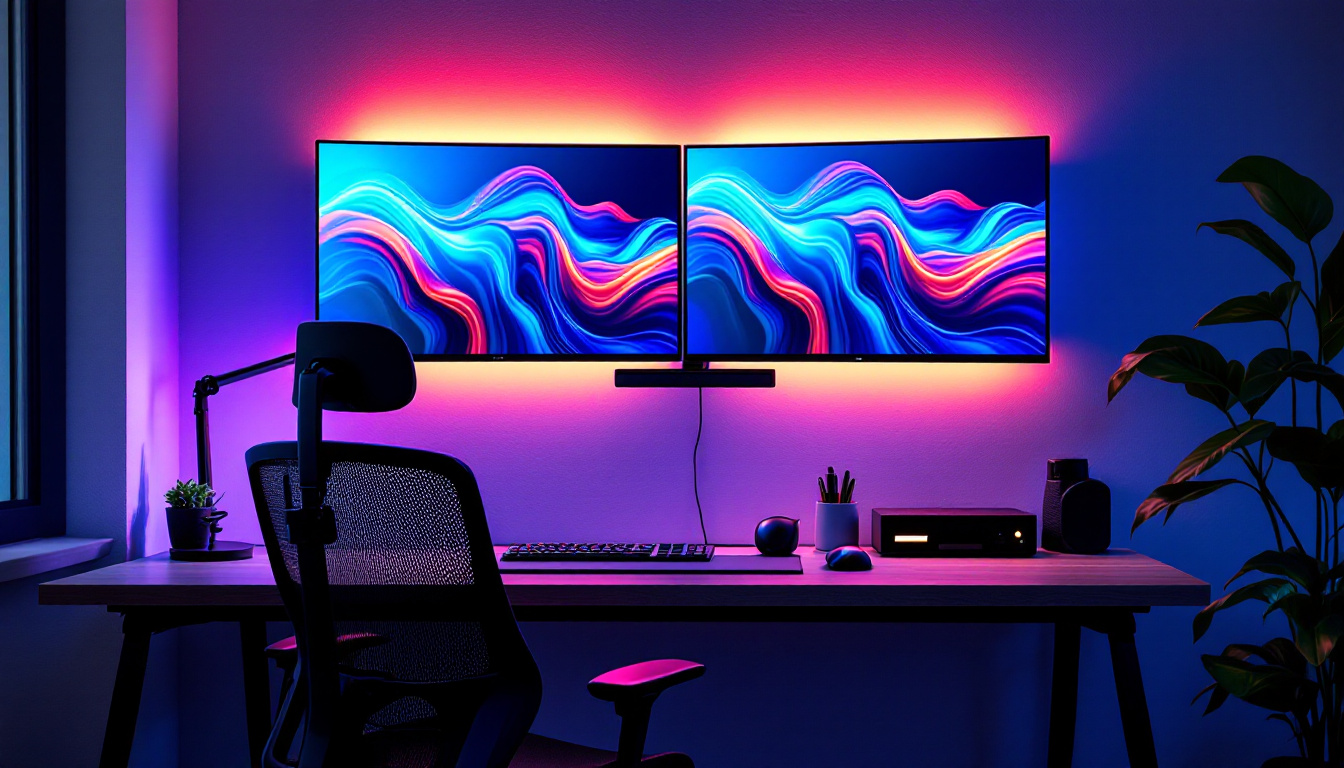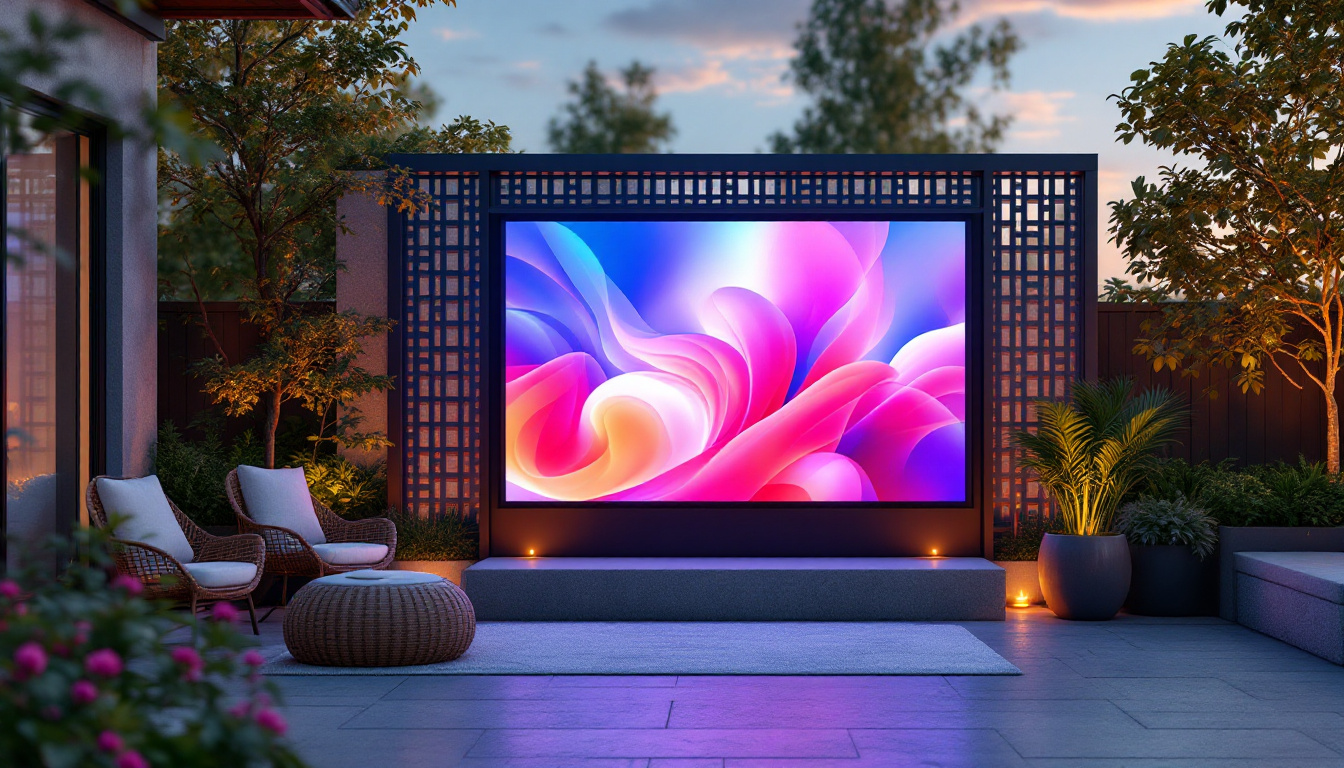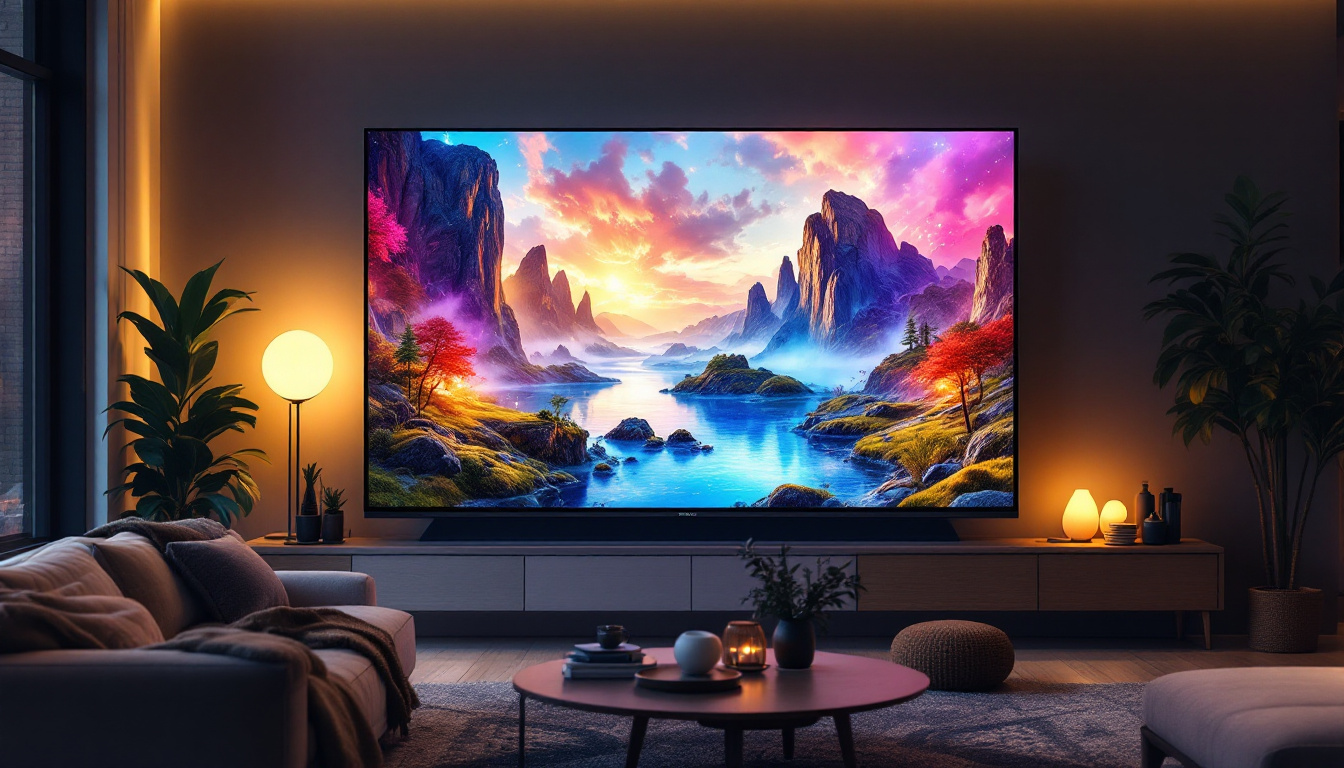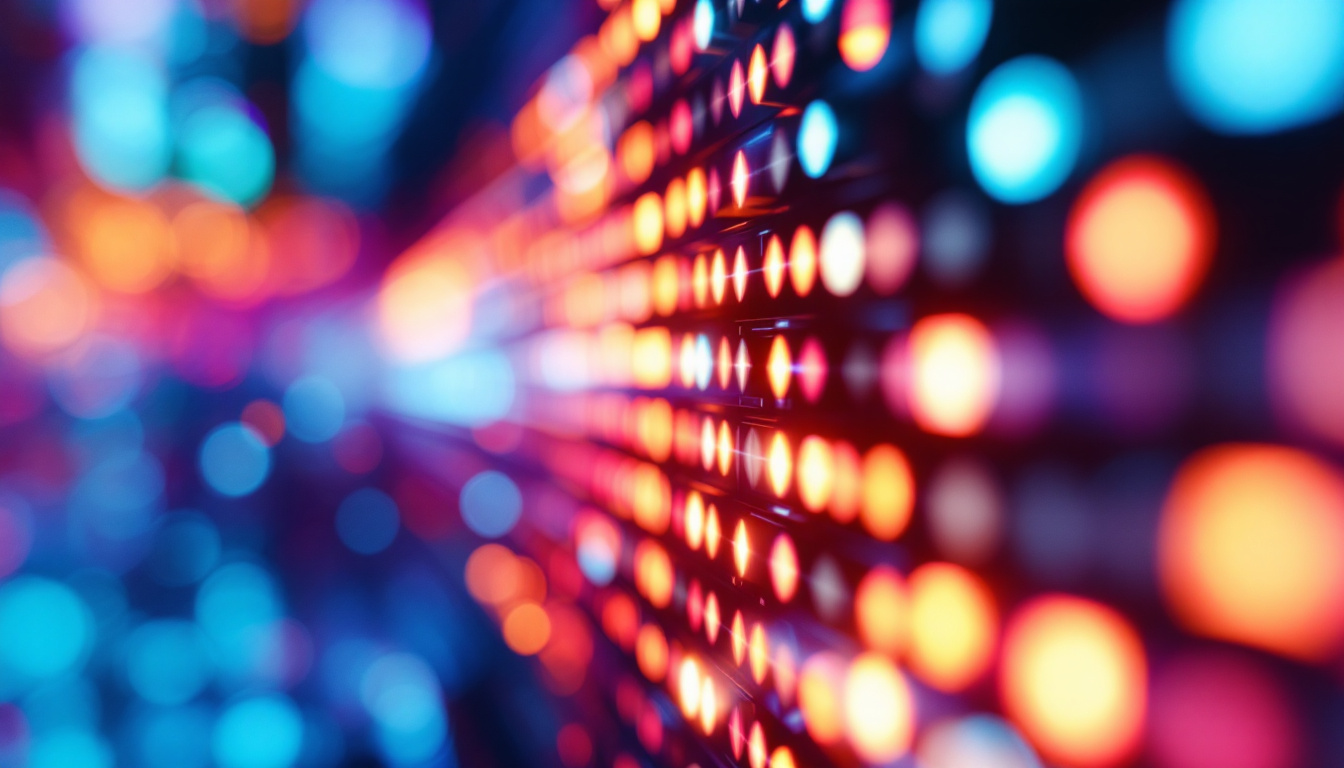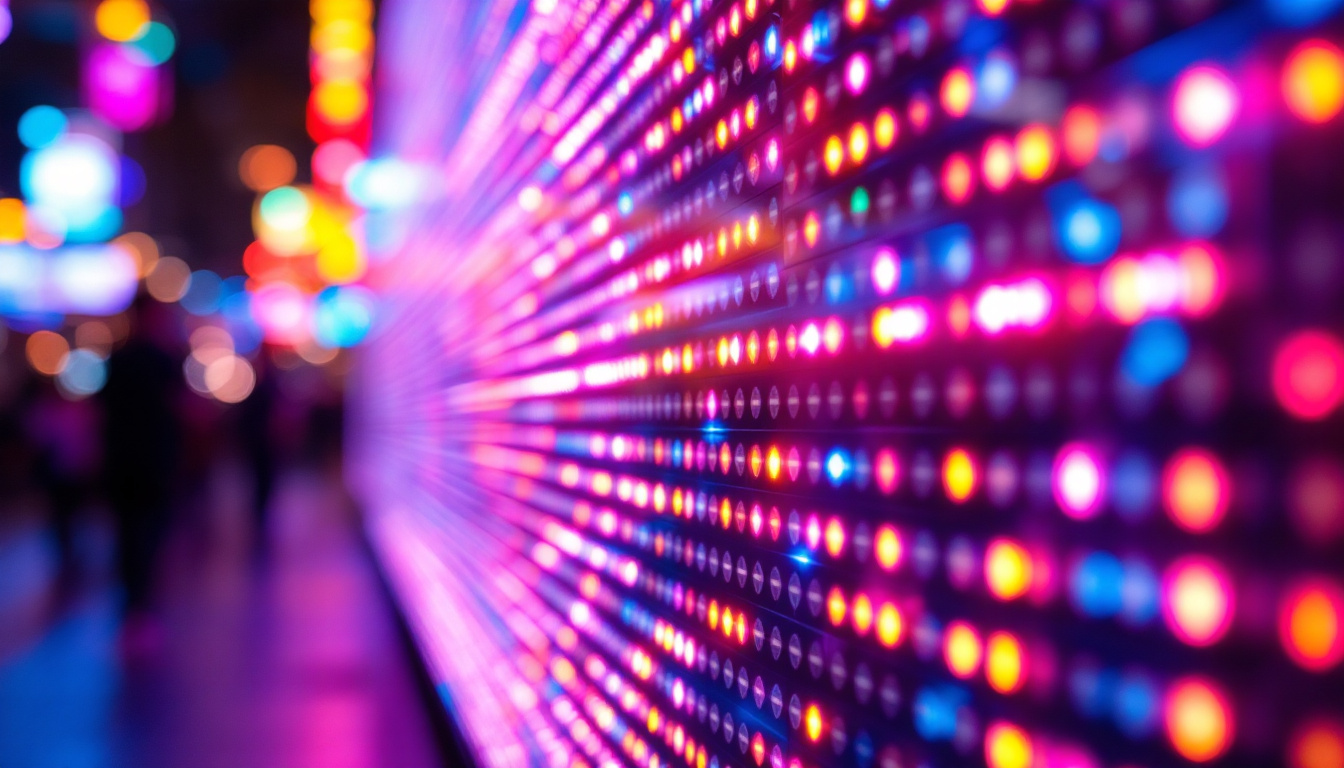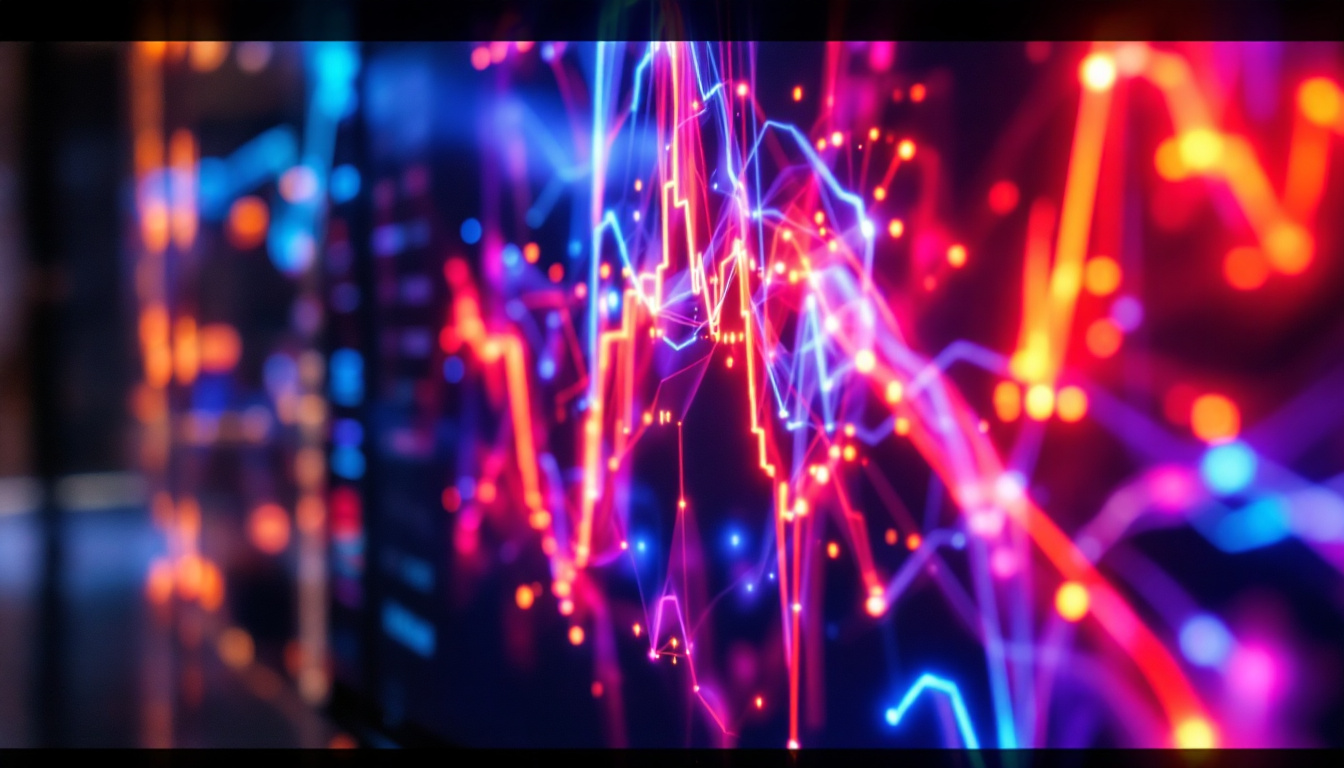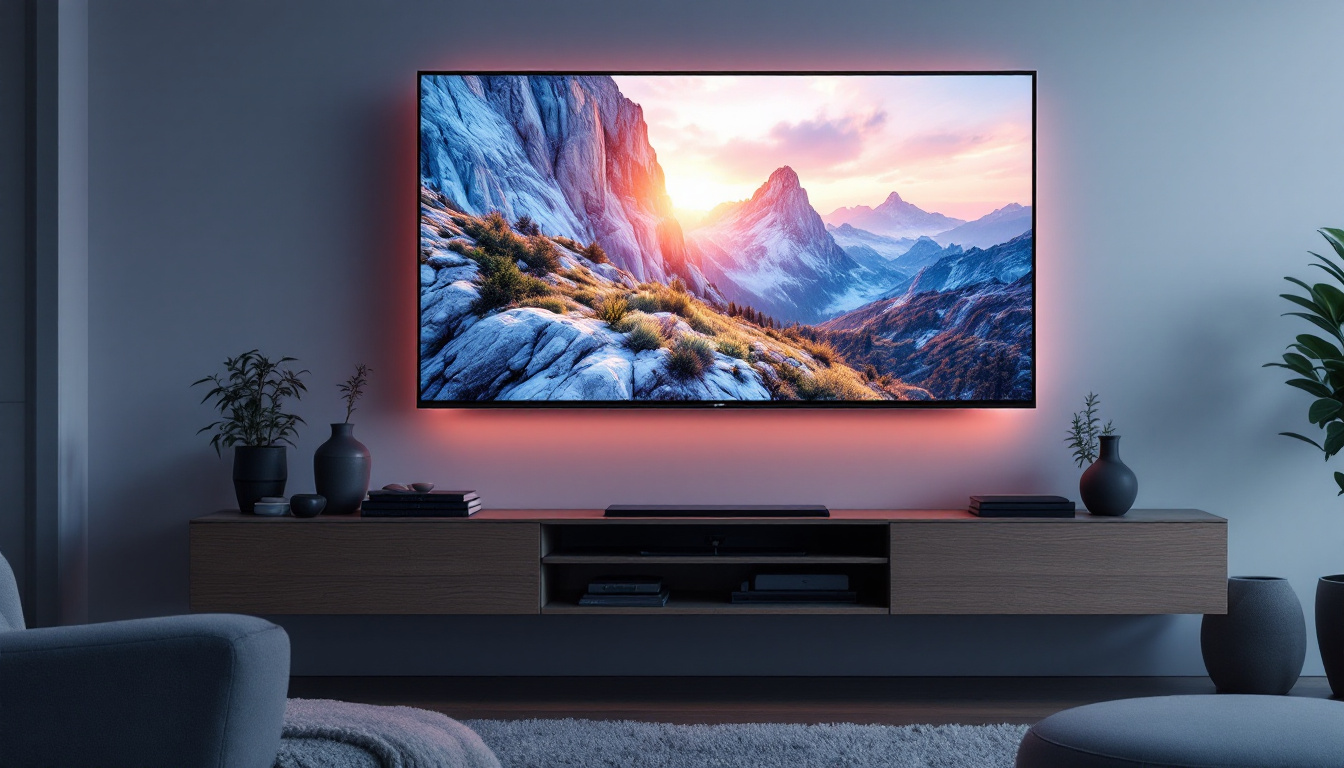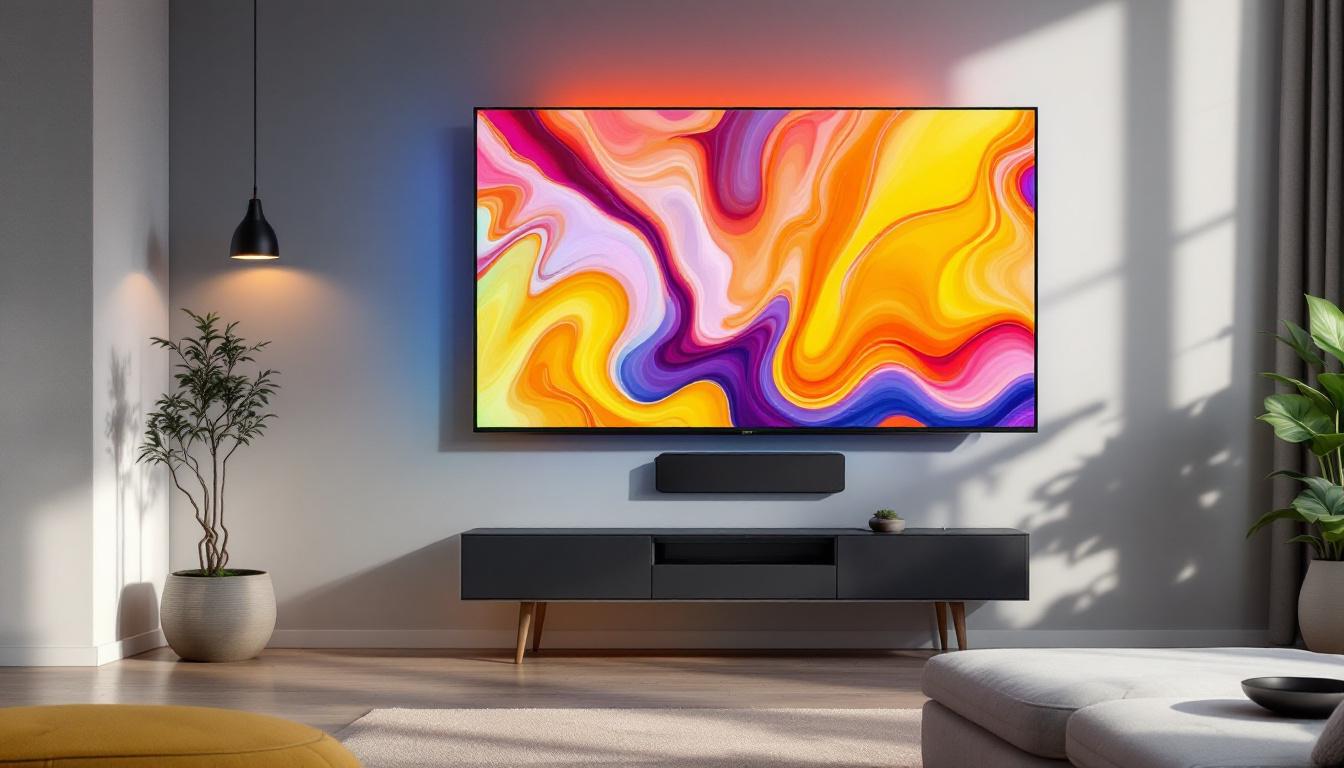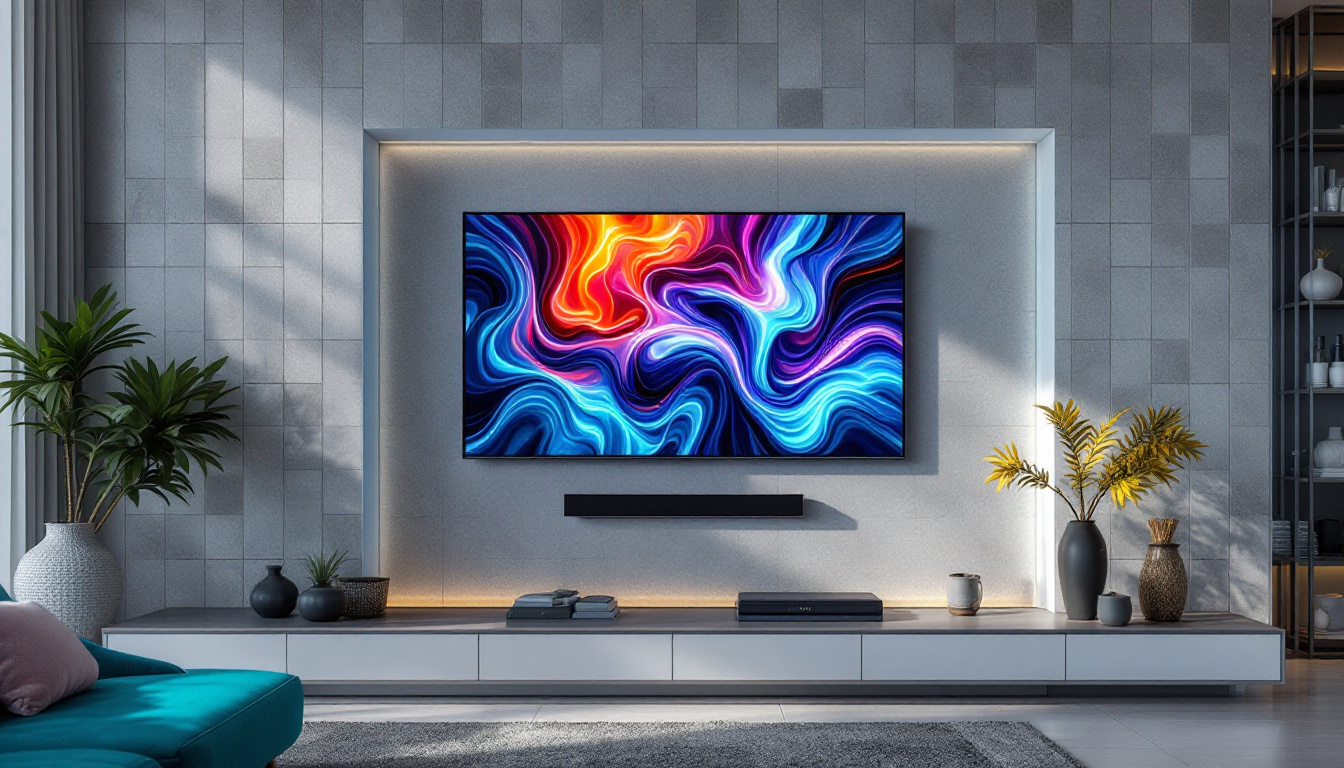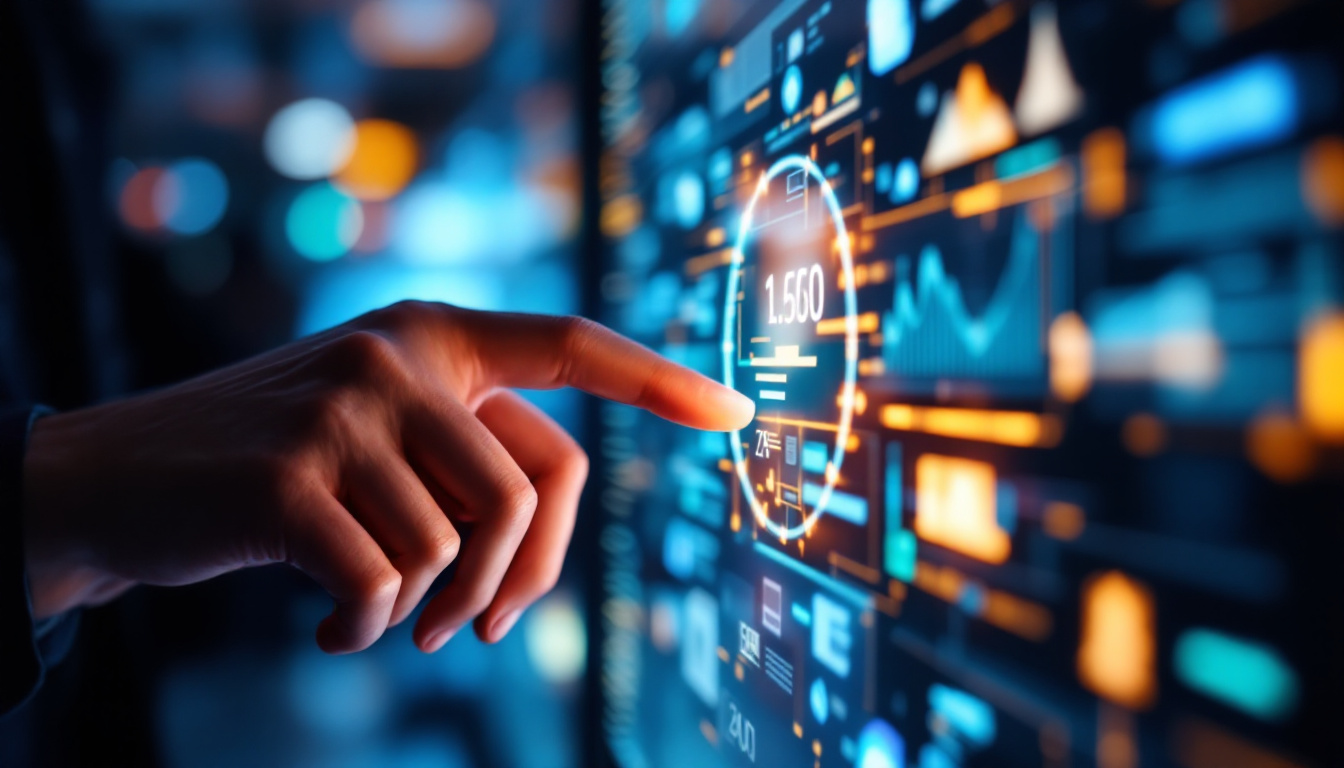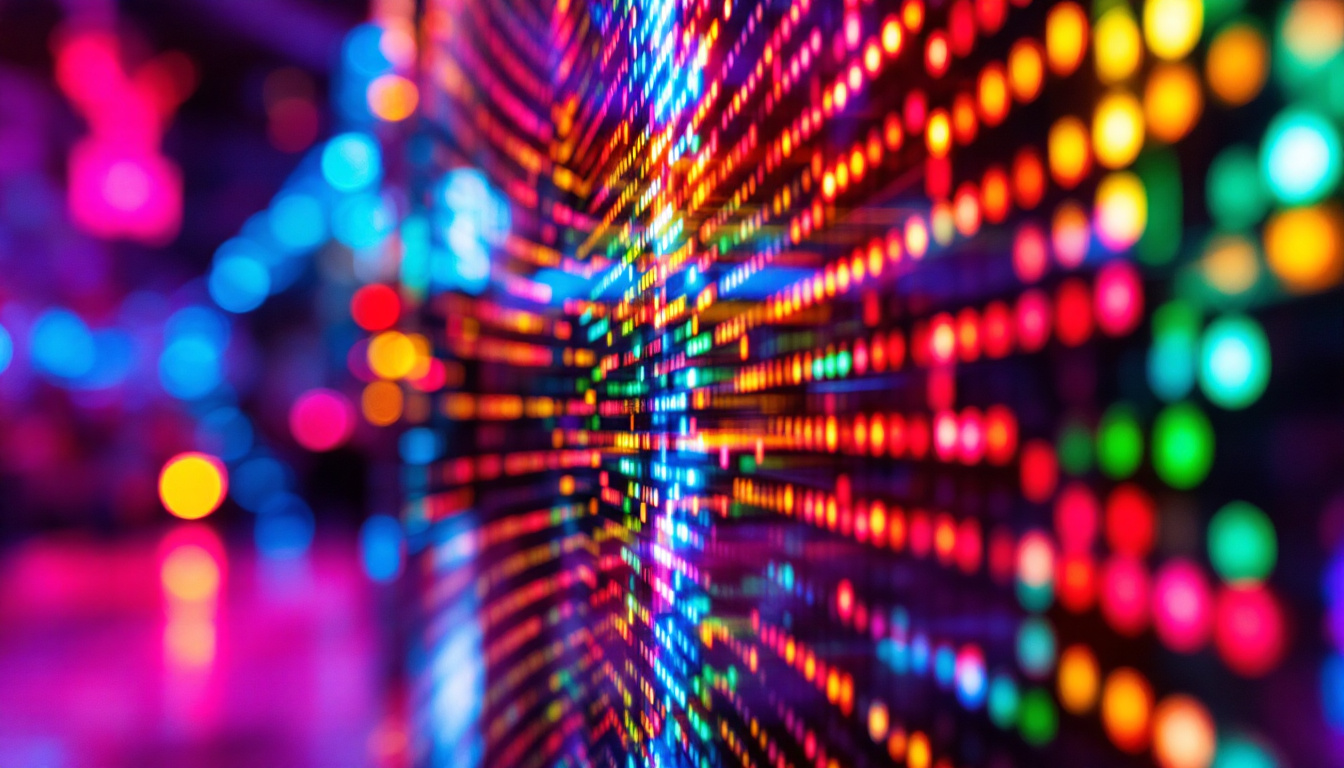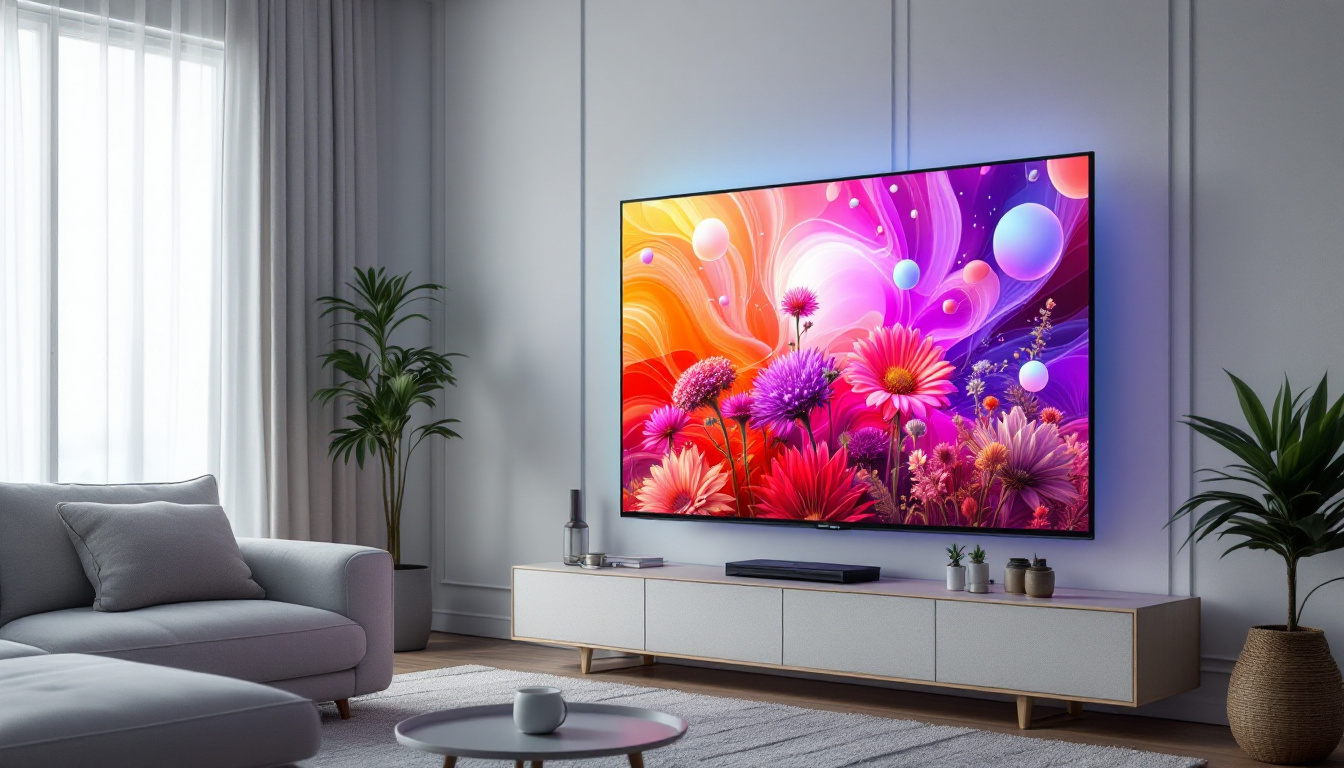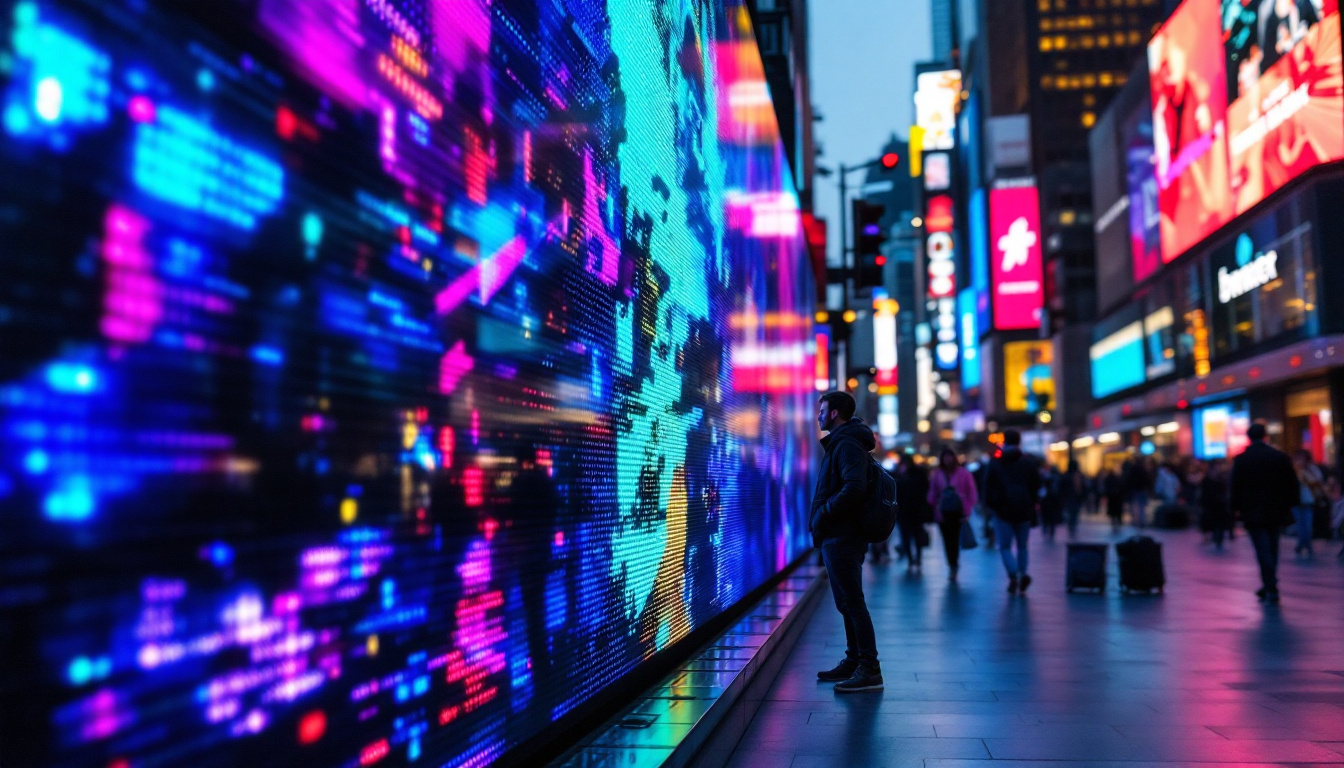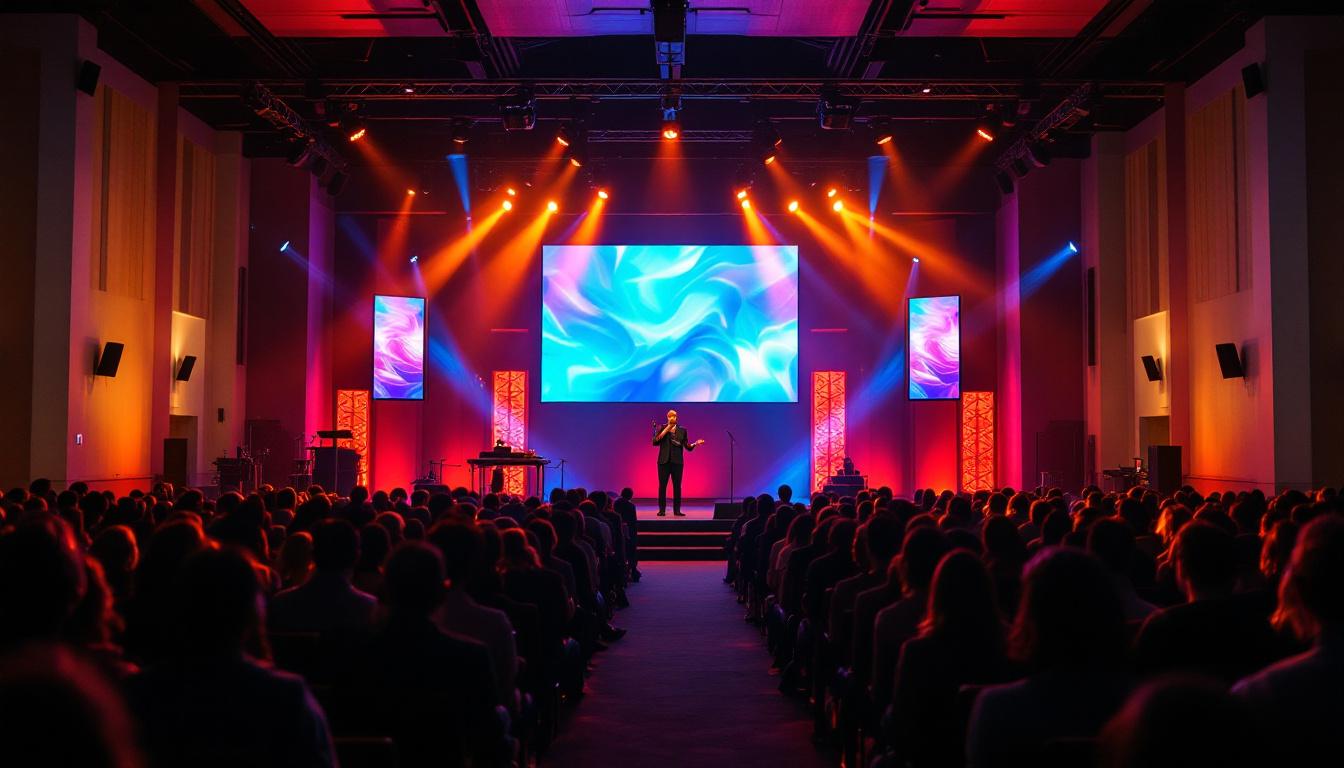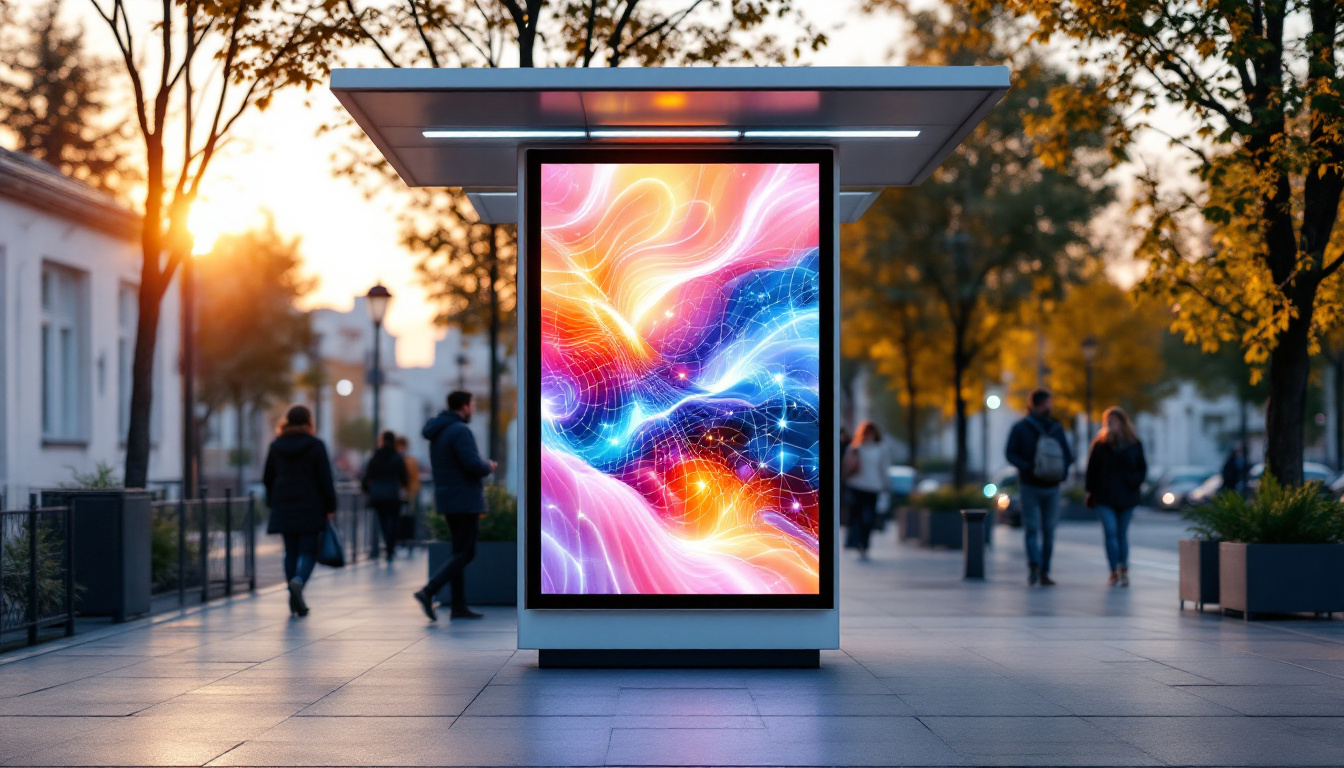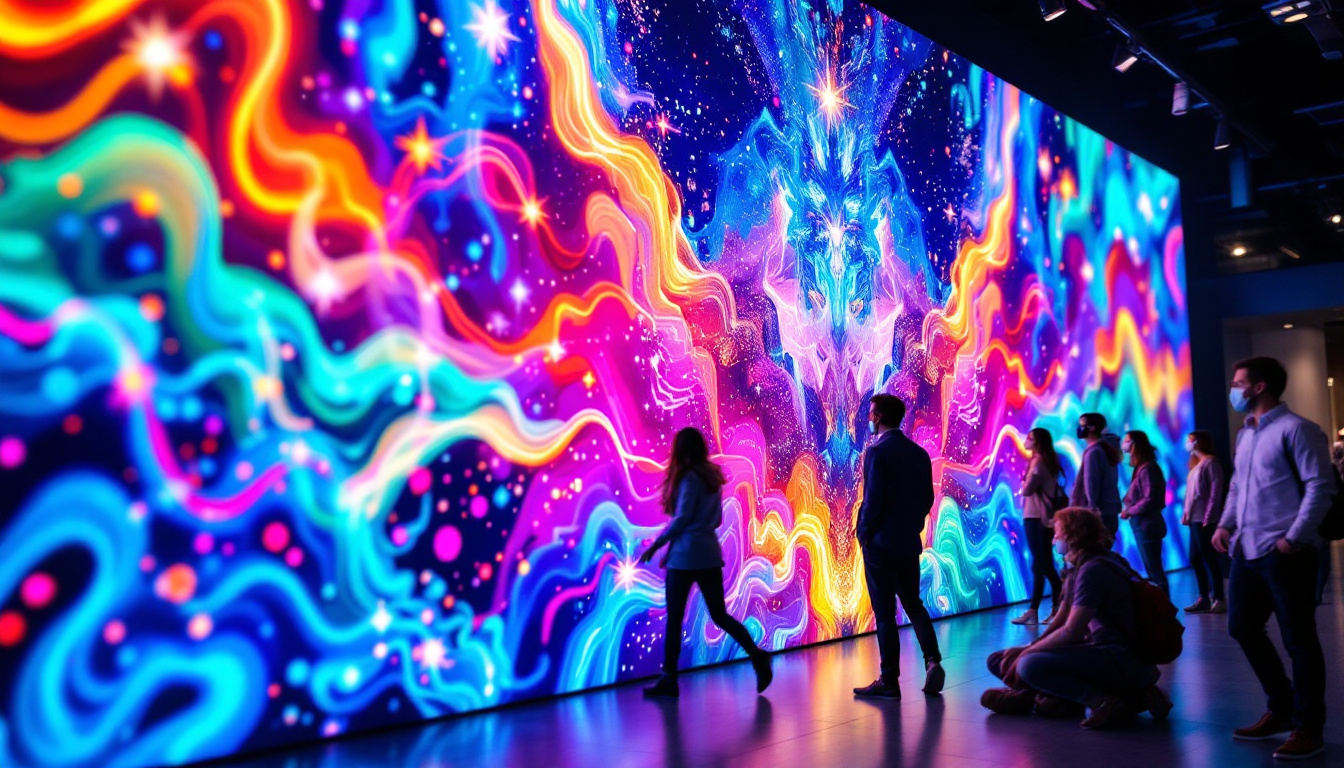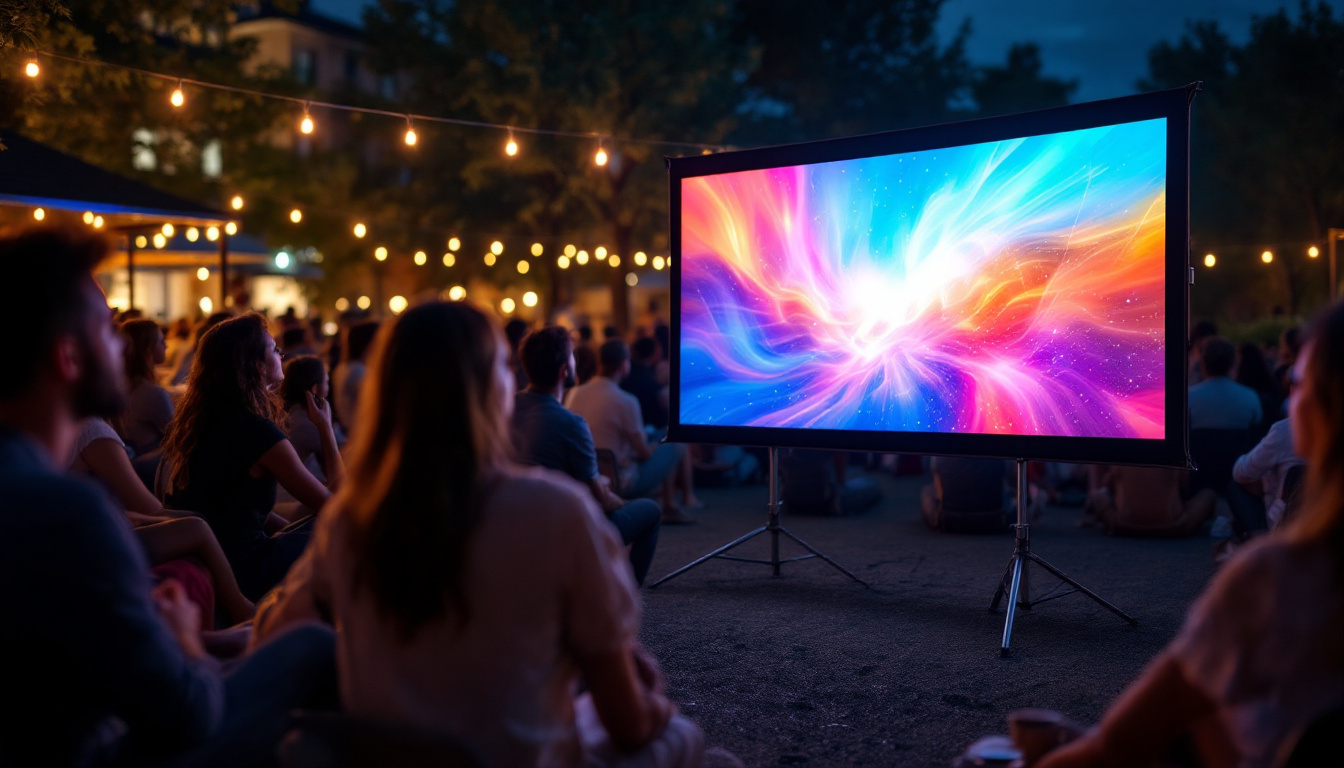In the realm of modern technology, LED displays have revolutionized the way we perceive visual information. Whether in advertising, entertainment, or information dissemination, LED displays have become ubiquitous. This article delves into the intricacies of LED displays, exploring their functionality, types, advantages, and applications.
Understanding LED Technology
Light Emitting Diodes (LEDs) are semiconductor devices that emit light when an electric current passes through them. This fundamental principle underpins the operation of LED displays. Unlike traditional displays that rely on backlighting, LED displays utilize individual diodes to produce light, resulting in brighter and more vibrant images. The efficiency of LEDs not only enhances visual quality but also contributes to energy savings, making them a popular choice in both consumer electronics and large-scale installations.
The Science Behind LEDs
At the core of LED technology is the concept of electroluminescence. When electrons recombine with holes in a semiconductor, energy is released in the form of photons, which is visible light. This process allows LEDs to be highly efficient, consuming less power compared to older technologies like incandescent and fluorescent lights. Furthermore, the lifespan of LEDs is significantly longer, often exceeding 25,000 hours, which reduces the frequency of replacements and waste. This longevity, coupled with their low heat emission, makes LEDs a sustainable choice for lighting solutions in various environments.
Types of LED Displays
LED displays come in various forms, each tailored for specific applications. The most common types include:
- Direct View LED Displays: These displays consist of individual LED modules that form a larger screen. They are often used for outdoor advertising due to their brightness and visibility in daylight. Their modular design allows for easy scalability, making them suitable for everything from small storefronts to massive billboards that can be seen from great distances.
- LED Backlit Displays: Commonly found in televisions and monitors, these displays use LEDs to provide backlighting for LCD screens, enhancing color and contrast. The use of local dimming technology in these displays further improves picture quality by adjusting the brightness of specific areas of the screen, resulting in deeper blacks and more dynamic images.
- Organic LED (OLED) Displays: Utilizing organic compounds, OLED displays offer superior color accuracy and flexibility, making them ideal for smartphones and high-end televisions. Unlike traditional LED displays, OLEDs do not require a backlight, as each pixel emits its own light, allowing for thinner screens and more versatile designs.
Additionally, advancements in LED technology have led to the development of Mini-LED and Micro-LED displays, which promise even greater levels of brightness and contrast. Mini-LEDs use smaller diodes for backlighting, allowing for finer control of light and improved HDR performance. Micro-LEDs, on the other hand, represent a revolutionary leap forward, as they can create displays with individual micro-sized LEDs that offer stunning picture quality and energy efficiency. These innovations are paving the way for the next generation of display technology, with applications ranging from consumer electronics to large-scale digital signage and immersive environments.
Advantages of LED Displays
The rise of LED technology is not without reason. Several advantages make LED displays a preferred choice across various industries.
Energy Efficiency
One of the most significant benefits of LED displays is their energy efficiency. They consume significantly less power than traditional display technologies, leading to lower operational costs and a reduced carbon footprint. This efficiency is particularly advantageous in large installations, such as billboards and stadium screens. Furthermore, the reduced energy consumption not only saves money but also aligns with the growing emphasis on sustainability, making LED displays an eco-friendly option that appeals to environmentally conscious consumers and businesses alike.
Brightness and Visibility
LED displays are known for their exceptional brightness levels. This characteristic makes them suitable for both indoor and outdoor environments. The ability to maintain visibility in direct sunlight is crucial for outdoor advertising, where competition for attention is fierce. Additionally, LED technology allows for dynamic content display, enabling advertisers to create eye-catching animations and vibrant graphics that can attract and engage audiences more effectively than static displays. This versatility in content presentation further enhances the impact of LED displays in various marketing strategies.
Longevity and Durability
LEDs boast a long operational life, often exceeding 50,000 hours. This longevity translates to lower maintenance costs and fewer replacements. Additionally, LED displays are more resistant to shock and vibration, making them suitable for various applications, including transportation and industrial settings. Their robust construction also means they can withstand harsh weather conditions, making them ideal for outdoor use in diverse climates. As a result, businesses can rely on LED displays for consistent performance over time, reducing the frequency of technical issues and ensuring that their messaging remains uninterrupted.
Versatility in Applications
Another notable advantage of LED displays is their versatility in applications. From retail environments showcasing promotional content to sports arenas displaying live scores and highlights, LED technology can adapt to a wide range of uses. In addition, advancements in LED technology have led to the development of flexible and transparent displays, which open up new possibilities for creative installations in architecture and interior design. This adaptability allows businesses to leverage LED displays in innovative ways, enhancing customer experiences and engagement across various sectors.
Cost-Effectiveness Over Time
While the initial investment in LED displays may be higher than that of traditional display technologies, the long-term cost-effectiveness cannot be overlooked. The combination of lower energy consumption, minimal maintenance needs, and extended lifespan means that businesses can recoup their investment relatively quickly. Moreover, as technology continues to advance and production costs decrease, the affordability of LED displays is expected to improve, making them accessible to even more businesses and organizations. This trend positions LED displays as not just a modern choice, but a financially savvy one as well.
Applications of LED Displays
The versatility of LED displays allows them to be used in numerous applications, each leveraging their unique advantages.
Advertising and Marketing
In the advertising realm, LED displays have become a staple. Their ability to showcase dynamic content, such as videos and animations, captures the attention of potential customers more effectively than static displays. From digital billboards to storefront displays, the impact of LED technology in marketing is profound.
Entertainment and Events
In the entertainment industry, LED displays are used extensively for concerts, festivals, and sporting events. Large-scale LED screens provide audiences with an immersive experience, displaying live feeds, graphics, and advertisements. The flexibility of LED technology allows for creative stage designs and visual storytelling.
Information Dissemination
LED displays are also employed for information dissemination in public spaces. Airports, train stations, and bus terminals utilize LED screens to provide real-time updates on schedules and arrivals. Their clarity and visibility ensure that crucial information is communicated effectively to the public.
Challenges and Considerations
Despite their numerous advantages, LED displays are not without challenges. Understanding these can aid in making informed decisions when selecting and implementing LED technology.
Initial Cost
The initial investment for LED displays can be higher than traditional display technologies. However, the long-term savings in energy and maintenance costs often justify the upfront expense. It is essential to consider the total cost of ownership when evaluating LED options.
Color Calibration and Quality Control
Maintaining color accuracy and consistency across LED displays can be challenging, especially in large installations. Regular calibration and quality control measures are necessary to ensure that the displays perform optimally and maintain visual integrity.
Environmental Impact
While LED displays are more energy-efficient, the production and disposal of electronic components can have environmental implications. It is crucial to consider sustainable practices in sourcing materials and recycling old displays to minimize ecological impact.
Future Trends in LED Technology
The future of LED technology is promising, with continuous advancements paving the way for innovative applications and improved performance.
MicroLED Technology
MicroLED technology represents a significant leap forward in display technology. By utilizing microscopic LEDs, these displays offer higher resolution and improved color accuracy while maintaining energy efficiency. MicroLEDs have the potential to create ultra-thin and flexible displays, opening new avenues for design and application.
Integration with Smart Technology
As the world becomes increasingly interconnected, the integration of LED displays with smart technology is on the rise. This includes features such as IoT connectivity, enabling real-time data display and interaction. Such advancements enhance the functionality of LED displays, making them integral to smart cities and environments.
Augmented Reality (AR) and Virtual Reality (VR)
The convergence of LED technology with AR and VR is set to redefine visual experiences. LED displays can serve as immersive platforms for augmented and virtual environments, providing users with engaging and interactive experiences. This trend is particularly relevant in gaming, education, and training applications.
Conclusion
LED displays have transformed the landscape of visual communication, offering unparalleled brightness, energy efficiency, and versatility. As technology continues to evolve, the potential applications and benefits of LED displays will only expand. Understanding the intricacies of LED technology, its advantages, and its challenges is essential for leveraging its capabilities effectively. Whether in advertising, entertainment, or information dissemination, LED displays are poised to remain at the forefront of visual innovation.
In a world where visual engagement is paramount, embracing LED technology can provide a competitive edge, ensuring that messages are not only seen but also experienced. As industries continue to explore the possibilities of LED displays, the future promises exciting developments that will further enhance how we interact with visual content.
Discover the Future of Visual Engagement with LumenMatrix
Ready to elevate your visual communication and captivate your audience like never before? Explore LumenMatrix’s innovative LED display solutions, where cutting-edge technology meets creative design. From vibrant Indoor and Outdoor LED Wall Displays to dynamic Vehicle and Sports LED Displays, LumenMatrix offers a wide array of options tailored to your needs. Experience the power of Custom LED Displays, All-in-One solutions, and LED Transparent Displays, all designed to create unforgettable visual experiences. Don’t just share your message—make it resonate with clarity and impact. Check out LumenMatrix LED Display Solutions today and join the revolution in visual communication.

